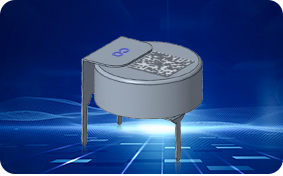

- Home
- Products
-
Solutions
Smart LifeOpen a new chapter in smart livingFire and SecurityVery safe, very reassuringSmart CityMore comprehensive, systematic, and intelligentEnergy Storage SystemAccurate perception to safeguard energy securitySmart IndustryIntelligent perception drives intelligent manufacturingSmart Agriculture and Animal HusbandryAdd some 'wisdom' to the agriculture and animal husbandry industry
- Innovation
- News
- Online Shop
- Contact Us





